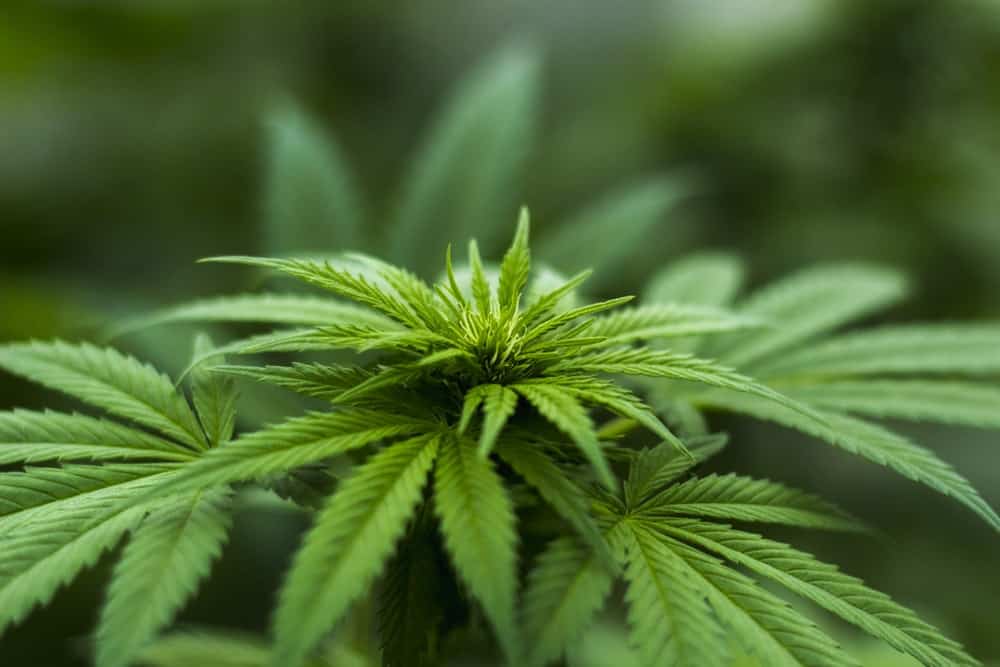
Over the last century, legalization of cannabis in the U.S. has come a full circle. In the early 20th century, hearsay and inconsistent research findings linked the use of marijuana to the increase in violent crimes and even to the influx of Mexicans into the U.S., leading to widespread ostracization and criminalization of the drug by the 1950s.
Regardless of this, studies later on led to different conclusions with the Shafer Commission of 1973 recommending cannabis to be decriminalized. However, the then incumbent Nixon government ignored the findings, possibly because the president and the Congress were ideologically against the use of the drug. However, scenes have changed drastically now, with 31 states having legalized the medical use of marijuana – of which nine of them extend the law for recreational use as well.
The marijuana industry today is burgeoning, bringing in around $6.2 billion last year in legalized sales in the country. Then again, this is all but a trifle compared to an estimated $50 billion in black market sales of the drug. This begs us to answer an important question – can legalization actually help in phasing out the black market trade of marijuana?
The primary aspect to be considered would be the sustainability of cannabis crop fields, as they demand specific climatic conditions and diligence in cultivation methods. Cannabis crops grow in sunny weather and moderate humidity, the absence of either leading to plants shriveling up or a low-quality harvest. This makes the West and Southwest regions of the U.S. the ideal locations to grow cannabis, as the climate fits the bill.
Near prescribed conditions, eased regulations, and the social setup of California make the state to be flush in the center of the marijuana trade – in both production and consumption. It is estimated that California alone produces nearly 13.5 million pounds of cannabis a year, single-handedly powering the country’s marijuana industry. To be fair, Californian growers also had a head-start into the business, as the state was one of the earliest proponents of legalizing medical cannabis usage, doing so in 1996.
But global warming is slowly taking a toll on Californian climate, as extended droughts and forest fires are increasingly relevant issues to be considered by the state. Regardless of this, maintaining the quality of cannabis grown in open farms is an incredibly hard, pushing crop growers to opt for greenhouses and indoor farming rather than subject their crops to the climatic vagaries.
Indoor farming requires a much higher investment with temperature and humidity control, ambient lighting, and drip irrigation infrastructure. Though it ultimately results in better quality cannabis, it also steps up market prices. Cannabis Benchmarks, a leader in analyzing marijuana market prices lists the U.S. outdoor grown cannabis at $672.98 per pound and indoor grown cannabis at $1417.29 per pound this week – a chasmic divide between the variants.
Indoor farming is highly regulated, and the elaborate infrastructure and finance required to build one would presumably result in oligopoly, with a few companies taking control of the market. However, outdoor farming is largely cottage-based small-time farming, leading to spot markets and a well-fed cannabis black market at its wake.
Regulation also severely restricts economies of scale, as some states do not allow large-scale cultivations, fearing drug abuse and addiction problems. The regulated marijuana market also runs into high taxes, with California setting a 15% excise tax upon purchase of cannabis or cannabis products. All this makes it easier and cheaper for the black market to sustain, and more importantly, grow.
Regulated transportation of cannabis produce is the next hurdle to the market’s growth. Though a lot of states have legalized wholly or partially the use of cannabis, federal laws still make it illegal to possess, use, buy, sell, or cultivate marijuana in all U.S. jurisdictions, as the Controlled Substances Act of 1970 considers it as a Schedule I drug. This makes it nearly impossible to transport cannabis across states, with industries highly localized and catering to state-centric demands.
Also, hauling cannabis is not practically the same as with other agricultural produce. For one, pound-for-pound marijuana is as expensive as gold and transporting it in regular Class-8 trucks is not feasible. Thus cannabis growers need to resort to smaller and highly-secure vehicles to carry the load – possibly armored vans with state-of-the-art alarm systems and tracking hardware.
Distribution is a pain as well, with dispensaries refusing to take in huge loads citing safety and shelf life issues, making last-mile delivery a distinct pain point. Insuring the load is also impossible at the moment, as federal laws still play spoilsport. Cannabis shippers are often shown the shorter end of the stick with regard to lawsuits they slap on carriers over cannabis-related losses. Courts are seen to side with carriers regardless of the legality of the cannabis company’s operation within the state’s cannabis-related regulations.
Albeit with all the struggles to growth, the marijuana industry is showing spectacular gains since its legalization, with legal sales expected to grow 200% between 2017 and 2022. That being said, the industry remains highly susceptible to climatic conditions, hauling hassles, investment issues, and production fragmentation – concerns that are bound to rear up in its tussle with its black market equivalent.
Stay up-to-date with the latest commentary and insights on FreightTech and the impact to the markets by subscribing.










